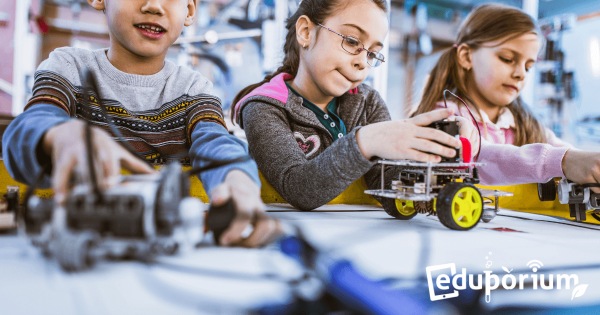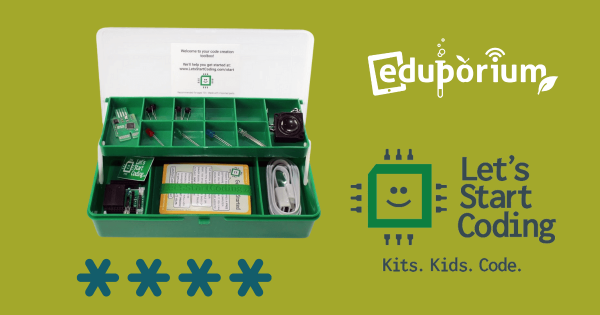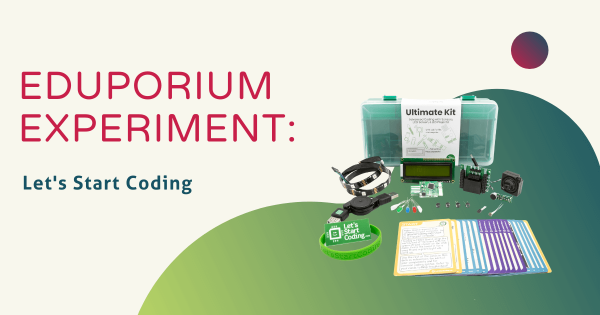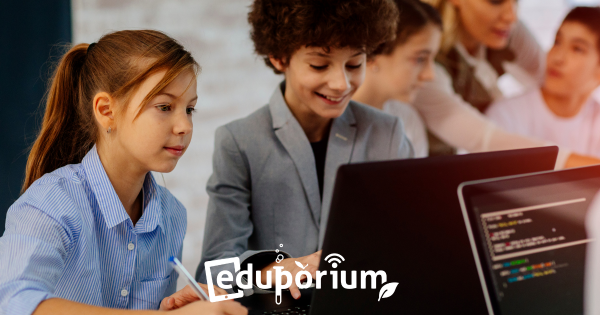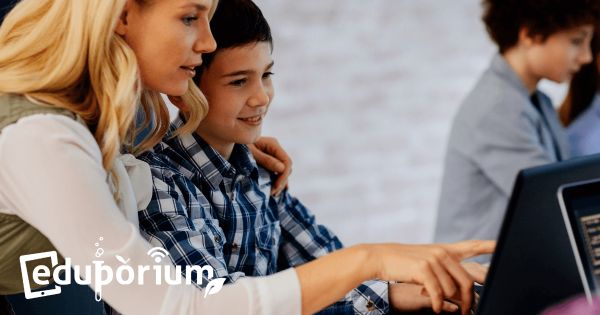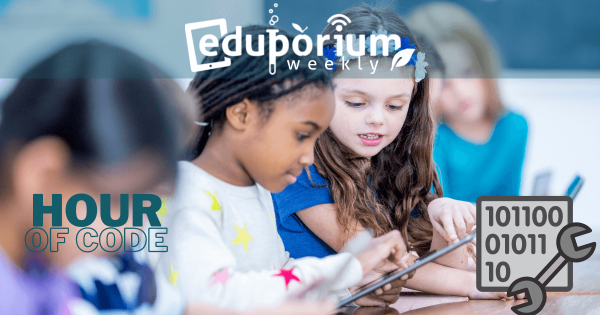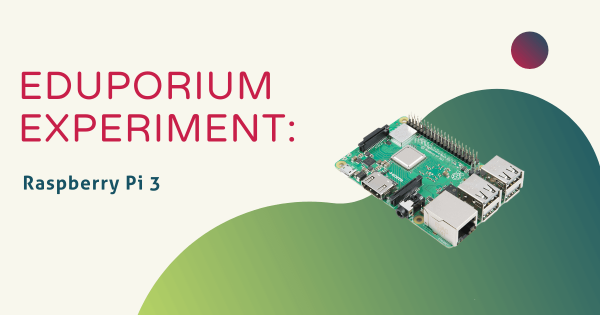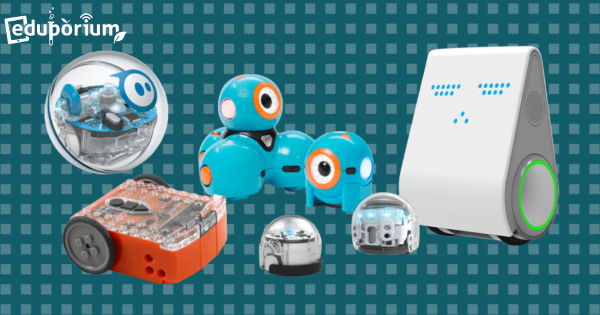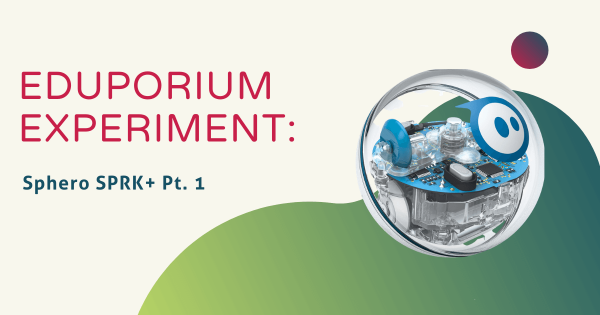The webinar will be hosted by Dennis Kambeitz, who works at a company called Robots.Education. Dennis is a world leader in understanding various impacts that robotics and tech will bring to the workforce and what needs to be done in schools to prepare students for it. Like us at Eduporium, he knows this chance is bigger and coming faster than
Computer Science
Computer science remains an integral element of STEM education and, these days, of K-12 education as a whole. With so many connections to current or future career opportunities, learning computer science skills can unlock various professional benefits for today's students. Because much of computer science ties in to the STEM economy in so many ways, it truly began to boom in high schools over the last couple decades. Now, however, students are starting to get a taste of it as early as kindergarten. With that foundation, they can continue learning new and more intricate skills throughout elementary and middle school. This helps put them in a prime position to learn the more advanced skills and coding languages in high school. With hands-on coding experiences serving as a driving introductory force to learning computer science, tons of students continue to benefit.
It's truly possible to incorporate a computer science curriculum at all levels of education. Even if experiences happen only after school, kids of any ages could partake. As early on as kindergarten, children can explore screen-free coding and develop foundational CS skills with tools like the Cubetto Robot or Bee-Bot. And, moving into early elementary school, they can dive into digital coding with block-based challenges. This introduces them to some more important elements of computer science and includes robust solutions they can try in classrooms. Among them are the Ozobot Evo, Dash Robot, Root Robot, and tons of others. Then, in middle school, they could explore graphical coding further or get into text-based coding. Using tools like the Edison Robot, Finch 2.0, Marty V2, or others, they can try more. Then, they'll be ready for full text code in high school with the NAO AI, databot 2.0, or others.
-
Two Cool Kits To Get Kids Coding In Kindergarten
If you want your kids to start coding, you’re not alone. And you have come to the right place! By the time that elementary-aged students enter into the future workforce in 10 or 12 years, coding will be as mandatory as showing up for work. Luckily, we have these new secrets to help children get ahead of the game—the Base -
Eduporium Experiment | Let's Start Coding Kits
Students are often required to use a computer and work with digital modules to get familiar with coding languages and syntax (i.e. code.org). While this is a great and invaluable tool for teaching coding, there is so much more that kids can do with code—especially when it comes to applying what they know to real-world scenarios! -
10 Easy Ways For Students To Learn How To Code
According to Code.org statistics, about 90 percent of parents in the United States want their children to learn how to code. On the other hand, only 40 percent of students in K-12 schools are currently learning about computer science. Considering the huge demand for technically competent workers in today’s growing-by-the-minute IT sector, learning how to code is key. -
Guest Post: Coding A High School Graduation Requirement
As more and more emphasis is being placed on preparing workers primed to succeed in the 21st century workforce, it seems logical that more emphasis should be placed on helping students acquire programming skills. In over half of US states, however, computer science-related disciplines don’t count towards graduation requirements. -
Eduporium Experiment | NAO Robot
Here at Eduporium, we have been lucky enough to acquire our very own version of one of the most advanced robots in the world—a little bot called NAO. NAO is about two feet tall and voice activated. We’ve had it around the office for a little while now, and although we’ve seen a little of what NAO is capable of, -
Eduporium Weekly | The Hour of Code is Upon Us
The annual Computer Science Education Week put on by Code.org serves as a yearly reminder of the importance of coding and Computer Science education in contemporary K-12 schools. Expected to be the literacy of future generations, coding has become an extremely important skill to have and creative Hour of Code projects are very helpful. -
Eduporium Experiment | The Raspberry Pi 3
The Raspberry Pi is a tool that I’ve become very aware of since I started working here at Eduporium: there’s one in the entryway of our office running a slideshow with company announcements and events. It’s one of the first products we show off to visitors, interviewees, and people joining our team and it is one of our most adaptable -
Robotics: A Competition And A Stepping Stone
If you think you’ve seen kids get excited about learning, you probably haven’t seen the full extent of excitement until you’ve seen robots make their way into the classroom. Teachers can discuss the ideas of learning with robotics with their students, but when it comes to unleashing their potential in the classroom, students won’t be able to contain themselves. -
Eduporium Experiment | Sphero SPRK+ Pt. 1
Thinking about the hottest and most useful skills that today’s students will, more than likely, need to know, the first thing that always comes to my mind is coding. Coding is everywhere in the workforce in 2016. For students in first and second grade now, however, coding will be in even more places than everywhere by the time they’re ready




